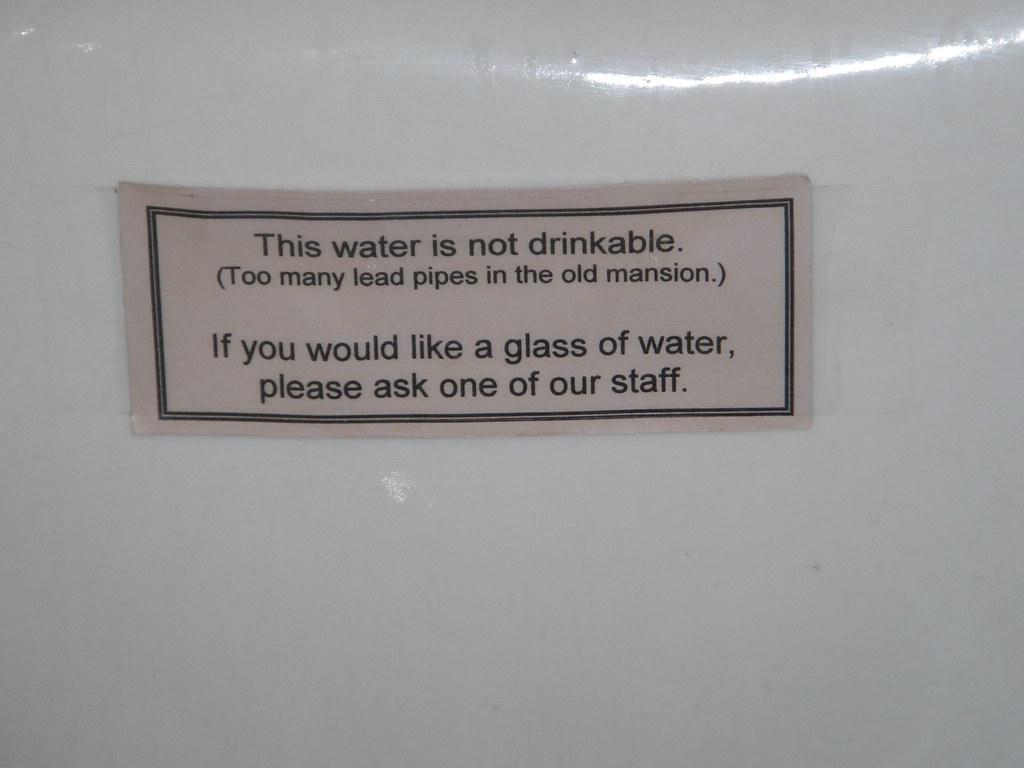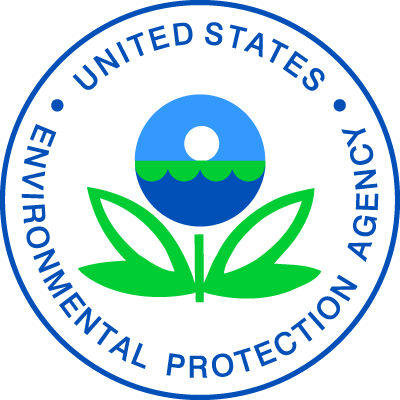Lesh
Diamond Member
- Dec 21, 2016
- 66,811
- 33,110
- 2,300
Absolutely wrong. I was a Project Manager for years and every organization I ever worked with had a bucket of money for maintenance and a separate one for capitol expenditures. And because of that we were often stuck repairing equipment that should have been replaced.sorry but youre wrong,, its all one in the same,,,Maintenance id REPAIR...not replacementwhen they charged people for maintenance and didnt provide it it is,,,Having an aging infra structure (lead pipes for instance) is NOT a "failure"...big difference between a large natural disaster and a failure of a city/county,,,
they should have dealt with this yrs ago,,,




